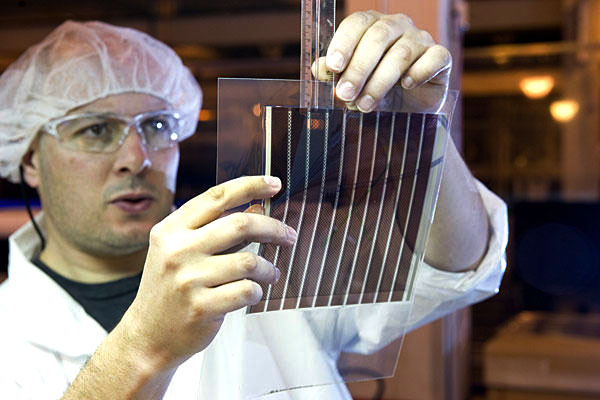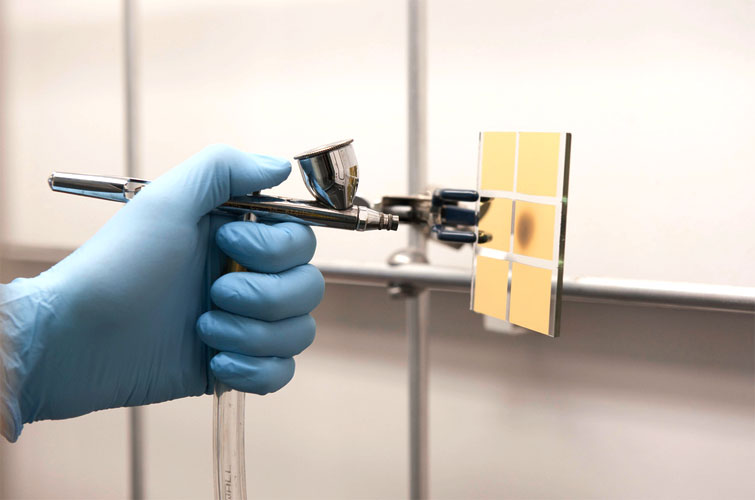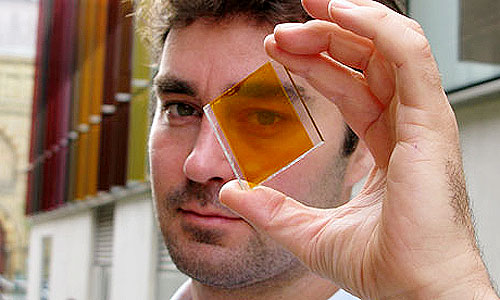Sections
Converting solar energy into other forms of energy and using them for conducting tasks in various field, is a process which is followed from our early ages. Sun provides us with ample source of energy which can be easily used to fulfill any purpose. It is renewable and plentifully available energy source. Burning fuel is another source of energy which causes huge amount of air pollution. But solar energy, in turn is a natural source of energy which we can acquire free from nature. After processing, this solar energy can be converted to any form of energy for future application.
Later various solar cell projects have been launched whose main aim is to capture the solar energy through the cells and use them for future purposes. Even home appliances, water purification tanks, cooking gadgets etc. have this technology incorporated in them. This technology allows low consumption of electricity and other artificially constructed energy sources. In today’s world, people are keener to bring back the natural beauty of earth. This can be done by simply initiating the use of natural resources for setting-up various manufacturing plants and factories.
Solar panels that were used in old times on the rooftops were made of crystalline silicon PV array. They consisted of a collection of solar cells and were very rigid to carry. But nowadays, thin-film solar mechanism is used which gives wider range of applications. The thin-film solar technology is highly flexible and alongwith rooftops, they can be fixed on windows, cars, computers and edges of the buildings.
More advance technology has been formulated for creating solar cells on any surface, is the spray technology. This spray-painting technology initiates spraying of perovskite to produce solar cells on any platform. Perovskite is considered to be highly cost efficient. Previously other organic semiconductors like silicon were used for spray technology, but perovskite has proved to be more efficient and reliable.

Using solar panels to create solar energy had two major drawbacks from the day this technology was invented. Low efficiency in performance and high manufacturing cost were the two drawbacks for generating solar cells on solar panels. This was the reason why scientists invented a metal which performed with greater efficiency. It was a crystalline organometal composed of calcium titanate and was named as perovskite. It had high light absorbing capacity. The calcium titanate mineral is available throughout the world.
A thin layer of perovskite can induce 11% efficiency in solar panels. But recent usage of the material on solar panels yields greater percent of efficiency which has gone up to 19%. Silicon spray used to provide an average efficiency of 25% but silicon is costlier than perovskite. Solar panel can be created on phone and car body with the help of the spray technology of perovskite because it provides flexibility.

Whenever developers have tried to formulate solar energy as their source for manufacturing industries, they confronted with two major drawbacks. These were low efficiency and high cost. In order to clear these drawbacks, researchers always tried to improvise the technology. Finally they are successful to some extent by bringing in the spray technology. Silicon based spray technology was initiated which resulted to high costing. Also Silicon is unsuitable for application on any surfaces because it was not much flexible. Hence perovskite was brought to consideration which gave moderate efficiency at a very low cost. Whichever material was used, spray technology brought a great revolution with huge numbers of advantages. Let us find the benefits of spray technology on other technologies:

 ?
?
Disadvantages of Spray technology: Till now we have considered the positive side of the spray technology used for creating solar cells on various panels. There are still few drawbacks which require overcoming through further researches. The major drawback is related to the material used to achieve the purpose. It is again the perovskite, which have provided efficiency of 19% till date. This figure is far below any expectation. Even silicon spray provides around 25% efficiency.

Developments in every field are possible due to the extensive efforts provided by our researchers and scientists. These extensive efforts have resulted in the formation of the spray technology for solar panels and invention of a better material like perovskite. But low efficiency level of perovskite is not a disappointing factor because researchers have started their investigation in this field and committed to improvise the efficiency of the material. They are expecting the efficiency rise to be more than silicon solar cells. Hence in the future, perovskite will provide high efficiency at substantial cost. Even scientists are trying to invent a material which can be used on the transparent glass of the windows to create solar panel. But the most interesting fact about this material used is, the transparency of the glass will remain intact even after depositing the spray.
Sections